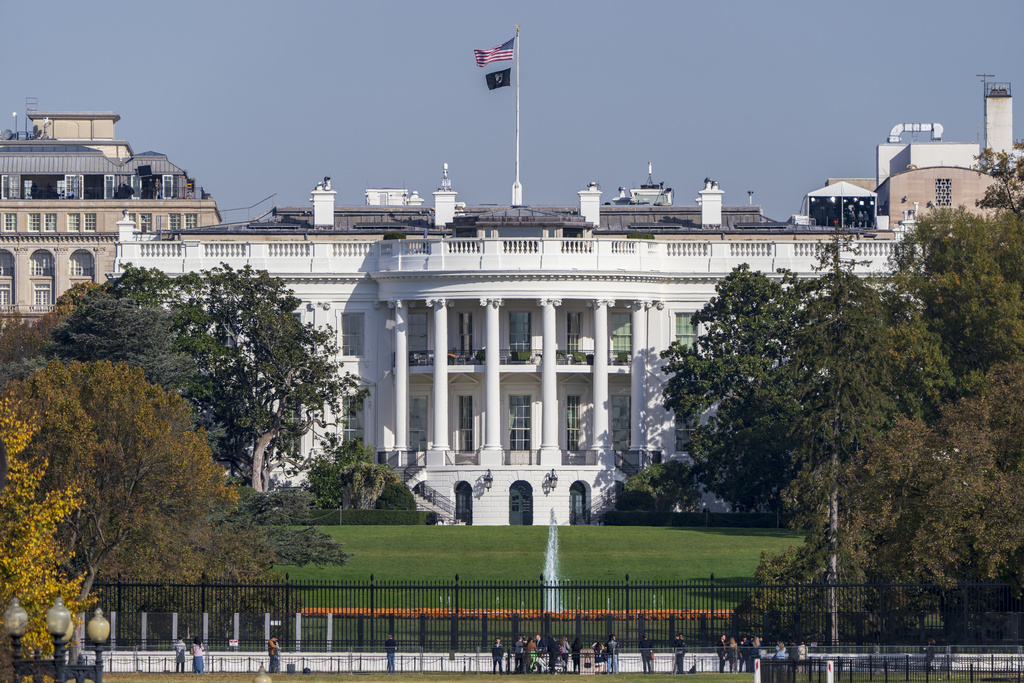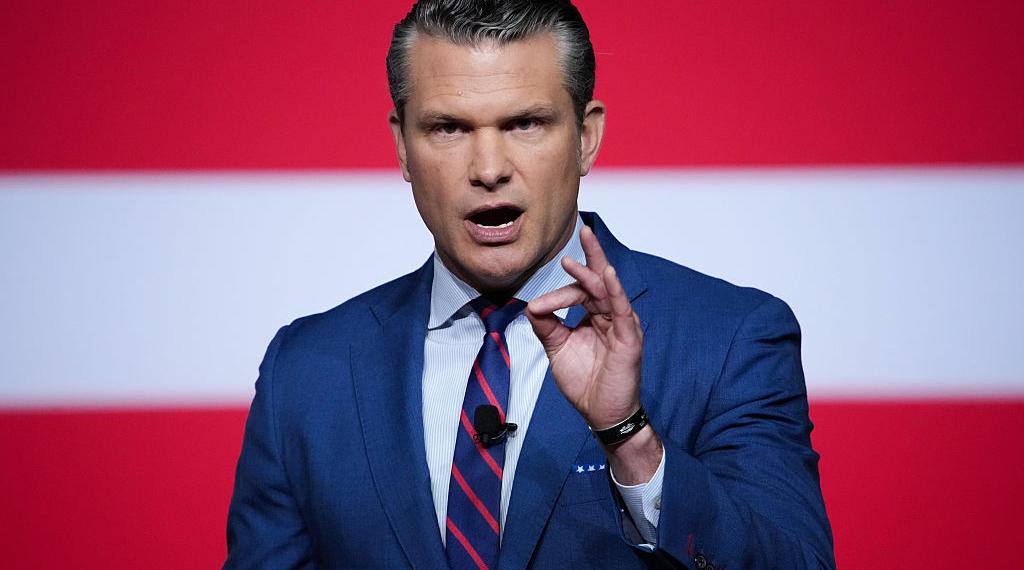The United States Senate advanced legislation on Sunday night aimed at ending the longest government shutdown in the nation’s history. A coalition of Democrats broke from party lines, voting alongside Republicans in a significant show of bipartisanship that resulted in a 60-40 vote. This decision enables a spending agreement to move forward, though it still requires approval from both the Senate and House before it can be signed into law by President Donald Trump.
The proposed spending package would fund most federal agencies through January 2024 and seeks to address the fallout from a shutdown that has lasted for 40 days. The prolonged closure has led to hundreds of thousands of federal workers being furloughed, jeopardized food assistance for millions, and caused significant disruptions in air travel.
Eight Democratic senators joined the Republicans in supporting the measure, indicating a willingness to compromise despite internal party tensions. Among those who crossed the aisle was Senator Angus King, an independent who caucuses with Democrats and played a key role in negotiations. He noted that the extended shutdown had compelled some senators to reconsider their positions, recognizing the urgent need to alleviate the suffering of affected Americans.
“I think people were saying ‘We’re not going to get what we want,’ although we still have a chance,” King remarked, referencing a commitment from Senate Majority Leader John Thune to hold a vote on extending health insurance tax credits in December.
While the compromise includes protections for furloughed federal workers, such as ensuring they receive back pay, it does not extend the Affordable Care Act subsidies that many Democrats consider essential. The absence of this provision has sparked backlash within the Democratic Party, with many members expressing frustration over the retreat from their central demands.
Senator Tim Kaine of Virginia, another key supporter of the deal, emphasized that the legislation would prevent wrongful terminations of federal workers during the shutdown and guarantee back pay as mandated by a law he championed in 2019. “This legislation will protect federal workers from baseless firings,” Kaine stated.
Despite these assurances, the decision to advance the measure has highlighted divisions within the Democratic caucus. Senate Minority Leader Chuck Schumer opposed the compromise, arguing that it fails to address critical health care issues. Other prominent Democrats, including Senators Tina Smith and Amy Klobuchar, echoed his sentiments, stressing the need for more substantial health care reforms as part of any funding agreement.
The political landscape surrounding the negotiations reflects broader challenges within the Democratic Party, which has experienced rifts over strategy in response to the shutdown. Some party members argue that recent electoral victories in states like New York and Virginia signal public support for their stance on health care, while centrist Democrats contend that the consequences of the shutdown make a bipartisan solution imperative.
The funding package that moved forward includes provisions that diverge from President Trump’s budget proposals. It allocates $1.2 billion for the Food for Peace program, countering Trump’s efforts to eliminate it. Additionally, it maintains the budget for the Government Accountability Office, despite attempts by House Republicans to reduce its funding.
The current trajectory of the legislation illustrates the complexities involved in negotiating a resolution to the shutdown. While the Senate’s initial steps indicate a potential pathway to reopening the government, significant hurdles remain, particularly with the impending debates in the House, where opposition from Democrats could complicate the process.
As the situation develops, the urgency for a resolution grows, with millions of Americans awaiting clarity on their federal services and assistance programs. The coming days will be crucial as lawmakers navigate the intricacies of bipartisan governance in an increasingly polarized political environment.






